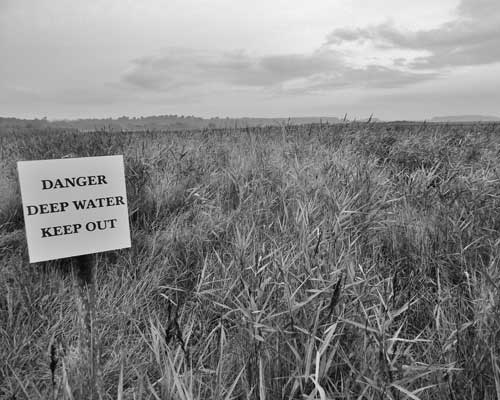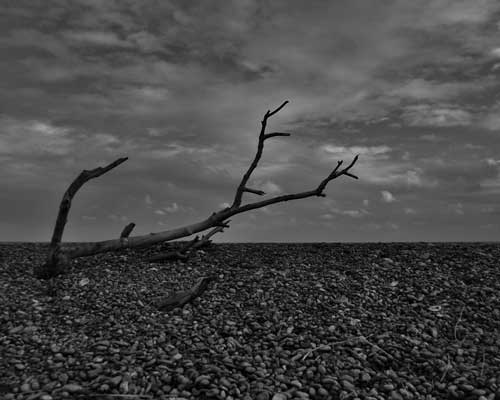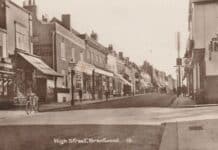Guest writer DAVID SENIOR takes a look at Suffolk’s eerie village of Dunwich

The quietly startling history of the Suffolk village of Dunwich is no secret.
Hidden behind marshes, forests, and heathland, this secluded picturesque smattering of houses and cottages was once a major Anglo-Saxon port, comparable to London in size.
The long-term effects of gradual coastal erosion, as well as devastating storms in the 13th and 14th centuries, has seen the town all but completely lost to the sea over the centuries, crumbling away into the cold waters.
For the horror aficionado, Dunwich holds appeal.
Its isolation, bleakness, and history of loss ensure that the land is rife with tales of ghosts and legends.
It is located firmly in the territory of Black Shuck, the sinister ghostly hound that has said to haunt East Anglia for centuries.
Of all the remote places in the region to have a run-in with the blood-eyed demon dog, the quiet clifftop pathways and woods of Dunwich would surely rank as amongst the most alarming.
Dunwich’s ancient churches have all been lost to the sea over the centuries: mirroring stories surrounding the similarly lost village of Shipden in the neighbouring county of Norfolk, ghostly church bells are reputedly to be heard on quiet lonely days, clanging beneath the waves.
Dunwich’s Ancient Ruins
The remains and ruins of the Franciscan Greyfrairs Priory make for a striking and skeletal feature on those old and crumbling cliffs.
Unsurprisingly, there exist numerous tales of apparitions of monks and shadowy figures walking the ruins and nearby clifftop paths.
The village has inevitably had an effect on horror literature and ghost stories over the years.
One of the most famous of the fictional New England towns in the writings of HP Lovecraft takes its name from this lost city: the sense of coastal doom and isolation are particularly appropriate for Lovecraft’s works of eldritch terrors.
M.J. James ghost locations
Another earlier 20th century author, the British scholar M. R. James, set many of his influential ghost stories along this stretch of the Suffolk coast.
Familiar with the Suffolk coast, James visited Dunwich numerous times, and clearly used aspects of the village for his own fictional locales.
Indeed, Jonathan Miller’s 1968 James adaptation ‘Whistle and I’ll Come to You’ was partly filmed here, and is extremely effective in conveying an atmosphere of decaying, isolated dread.

Film, music, writing, an even role-playing games have turned to lonely Dunwich for inspiration over the years.
This influence in turn only adds to the village’s sense of hidden, lurking magick, and one is left to marvel at the almost complete loss of a once-bustling and vibrant town.
David Senior is a writer and photographer who lives in Norwich, England. He runs the website ‘EastScapes: The Abandoned, the Curious, and the Forgotten in East Anglia’ at eastscapes.blogspot.co.uk, a base for images and writings about East Anglian folklore, (psycho)geography, and forgotten histories. His first novel is ‘The Sinners of Crowsmere.’ Follow David Senior on Facebook.








Do you know of a song about the drowned town. I’m sure we sang it with the radio Singing Together in the early 60’s. I seem to remember the start of the tune 4 notes then morning bells are ringing …